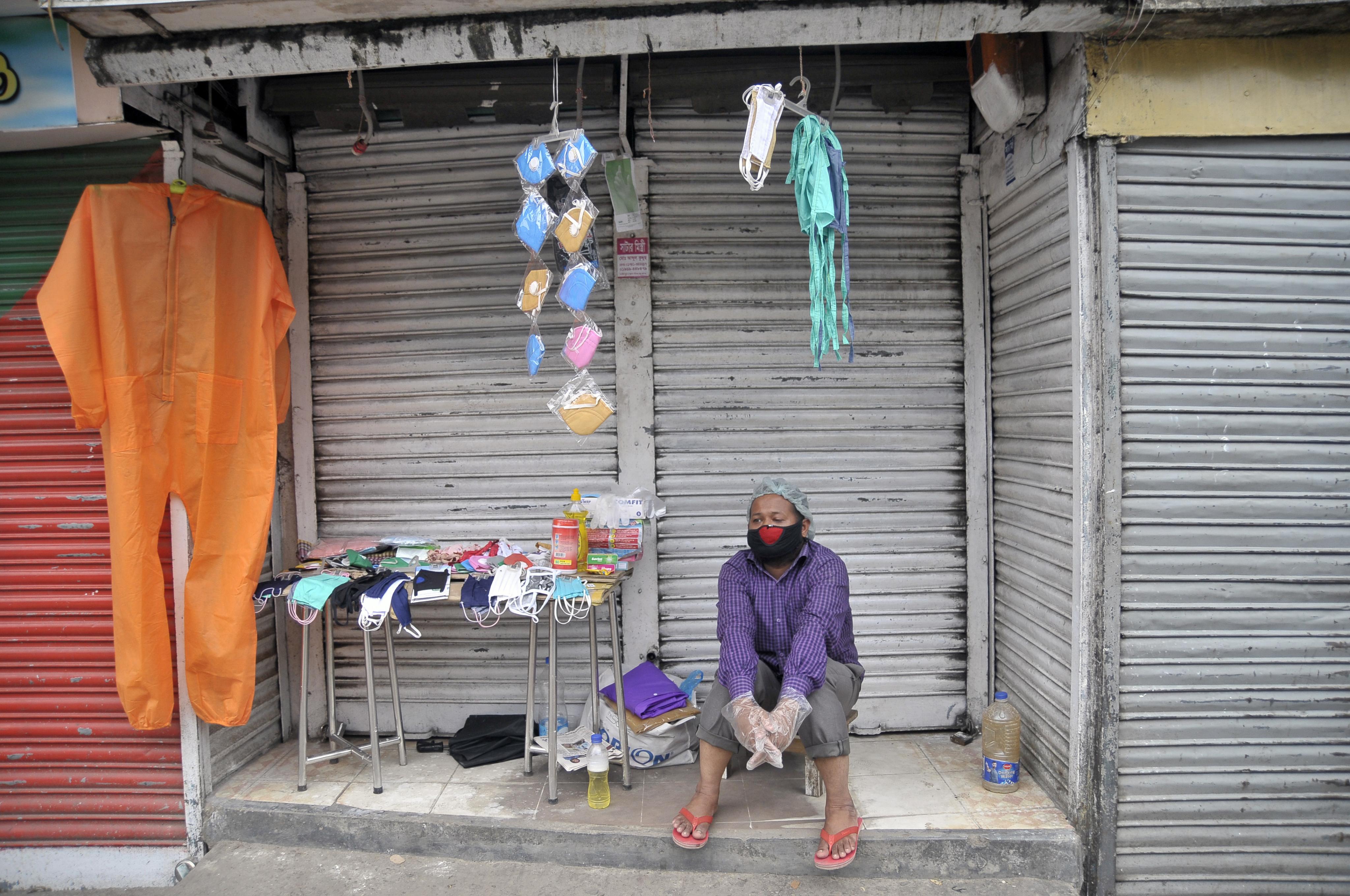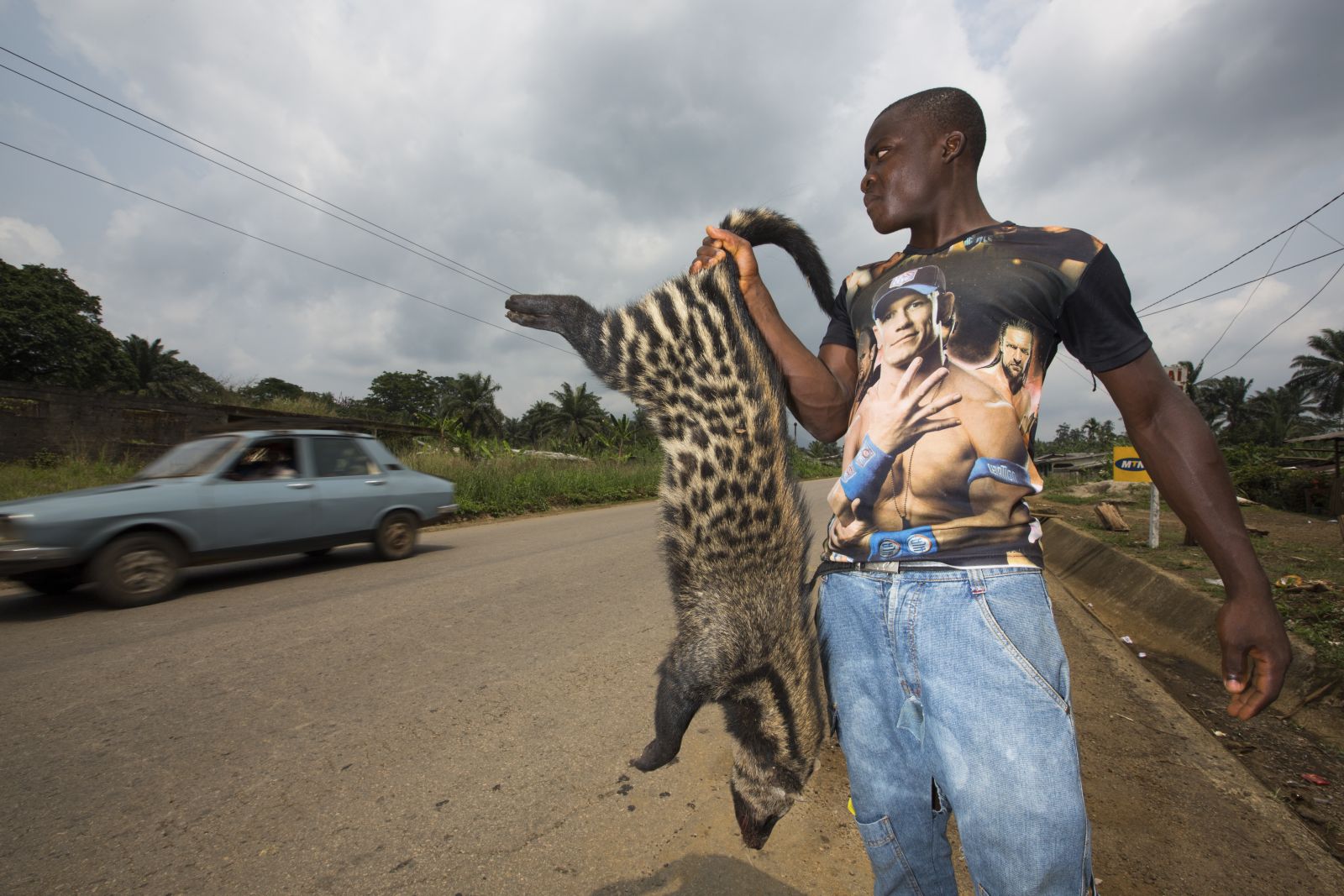Zoonoses
In India, deadly disease is linked to deforestation

In May 2018, two and a half years before the first signs of Covid-19 anywhere in the world, a deadly disease struck the south Indian state of Kerala. Twenty-three people were infected with viral encephalitis. Only two of the infected survived.
The first symptoms were fever, headaches, sore throats and muscle pain. Vomiting, coughing, disorientation and coma followed. The disease spread quickly from the first case — a 27-year-old man named Mohammed Sabith. On a hunch, a doctor tested for the Nipah virus and the outbreak could be traced back to Sabith. This disease had never been seen in Kerala before. After 2018, there were three further Nipah outbreaks in the state. The most recent one was reported in August this year, and by mid-September it had claimed two lives.
Nipah is an infectious disease caused by a pathogen that humans acquire from animals. Such diseases are called “zoonotic”. The coronavirus belongs in this category too.
Kyasanur Forest Disease (KFD) is another zoonotic disease that haunts parts of South India. This haemorrhagic fever is transmitted by a tick-borne virus and carries the name of the town in the state of Karnataka where it was first discovered in 1957. Since then, 400 to 500 cases have been reported annually, with mortality rates between two and 20 %.
The Nipah Virus
The deadly Nipah outbreak in Kerala in 2018 briefly affected the region’s economy and daily life. Quick action by public health officials and laboratory scientists kept the outbreak under control. The episode was a mere prelude to the far more fearsome global pandemic to come. What Nipah and Covid-19 have in common, however, is the likely spillover from bats.
Nipah was first discovered in the Malaysian town Kampung Sungai Nipah, after which it was named. It infected a large number of pigs and their human handlers, who then passed it on to their families. In the resulting outbreak, half of the infected died.
Subsequently, there were at least 11 outbreaks in Bangladesh between 2001 and 2011, in which close to 200 people were infected and more than 150 died. The major cause for the disease here was people drinking raw date palm sap carrying the pathogen. Nipah has also claimed several dozen human lives in West Bengal, the Indian state bordering Bangladesh.
Studies from both Malaysia and Bangladesh show that the virus most likely spilled over from the Pteropus genus of bats, which are also called “fruit bats” as well as “flying foxes”. These bats are the major reservoir for the Nipah virus.
Malaysia’s intensively managed commercial pig farms had fruit trees where bats could drop partially eaten fruit into pig stalls. Pigs eating fruit contaminated with bat saliva became amplifiers of the Nipah virus. In Bangladesh, date palm sap was likely already contaminated with saliva from bats who also drink the sap.
Pteropus bats are present in various parts of South Asia. In India, seropositive animals have been found not only in Kerala in the south, but also in the north (Haryana State) and east (West Bengal and Assam). Seropositivity means that, at some point, a Nipah infection triggered an immune response in the bat concerned.
The Nipah outbreak in Kerala started in a small forest village in Kozhikode district. Researchers so far have been unable to establish exactly how Sabith, the first patient, picked up the pathogen.
However, the local forest is home to several bat species, including Pteropus. The researchers found bat bite marks on fruit such as mango and guava in the area where Sabith often worked. Neighbours said that Sabith and his brother had cleaned out a bat-infested well. It is also possible that Sabith handled a Nipah-infected baby bat as a pet. Researchers believe that later outbreaks in Kerala were also caused by sporadic virus spillovers from bats to humans.
Forests matter
Deforestation makes such events more likely. Kerala has almost 39,000 square kilometres of land. In 1973, more than 70 % were covered with natural forest, according to an analysis by a research group from the Indian Institute of Science in Bangalore. By 2016, that share had dropped below 50 %. Development work and encroachment are still causing deforestation, driving fruit bats out of their natural habitats. Over the years, residents of Kerala have been reporting increased interactions with bats.
Pragya Yadav of the National Institute of Virology thinks that bats have probably been carrying the virus for some time before the 2018 outbreak and there may actually have been a few human infections that were not reported. In her eyes, environmental destruction is increasing the risk: “Now we are cutting trees, disturbing the ecology and moving closer to these animals”. Jayakrishnan Thayyil of KMCT Medical College in Kozhikode points out that groves with large trees and rich biodiversity have been destroyed in Kerala and that construction work is often done “without considering the environmental impact”.
In May this year, Reuters published an analysis of the world’s most likely places for viruses to “jump” from animals to humans, which are called “jump-zones”. The authors found not only that Kerala had some of the leading jump-zones internationally, but also that jump-zones are quickly expanding across India. That trend was also said to be evident in West Africa, China and Brazil.
The Reuters team reported that Kerala has more than 40 species of bats and 35 million people. It added: “Its mountain forests and wooded hillocks, prime bat habitat, have been progressively cleared to make way for homes, agriculture, businesses and industry, with major rail and highway projects still on the agenda.” The report showed that, in 2018, conditions in 83 % of the state were conducive to zoonotic spillovers. That was an increase from 58 % in 2002.
The Kyasanur Forest Disease
KFD has been known in India for close to 60 years. Infections repeatedly occurred in five districts of Karnataka, but the disease has spread to Goa and Kerala as well. Researchers initially thought monkeys played a key role in the transmission, so the illness is still sometimes called “monkey fever”. Indeed, monkeys often carry the ticks that spread KFD but so do other mammals and birds.
PV Rajagopalan, the researcher who first investigated KFD, thought that initial outbreaks were most likely linked to the construction of a large hydro-power dam. It may well have displaced tick-bearing wild animals, with ticks finding new hosts in domestic animals. When human handlers are bitten by infected ticks, they acquire the virus and the infection.
Bethan Purse of the UK Centre for Ecology and Hydrology specialises in diseases transmitted by ticks and insects. While it is impossible to tell exactly why, how and where KFD first jumped from animals to people, she sees a pattern of infection risks being higher among people whose livelihood depends on forest areas. “In the 1950s, you had fragmentation for roads and human settlements,” says Purse. “Then there has been a shift to cashew and arecanut plantations and also paddy cultivation that has fragmented the forest and brought people into closer contact with infected ticks.”
A recent research paper shows that the risk of KFD outbreaks is associated with lower species richness resulting from deforestation. It was written by a research group lead by Michael G. Walsh of Sydney University.
Ongoing land-use changes contribute to the further spread of the ticks and the disease. For decades, primary forests have kept giving way to infrastructure, agriculture, horticulture and forest plantations. The plantations are commercially attractive, but they lack the biological diversity and resilience of undisturbed nature.
Other zoonoses
Nipah and KFD are only two of many zoonotic spillover events across India. India has a long list of reported wildlife-related zoonoses. Recent events include:
- Avian influenza caused by H1N1 in Maharashtra and H5N1 in Assam,
- Crimean Congo fever in Gujarat and
- Hanta virus infections in Andhra Pradesh and Karnataka.
In view of the risk and in the wake of Covid-19, India is preparing a national “One Health” policy. One Health is the idea that public health should recognise the connection between people, animals, plants and the environment. Therefore, a multisectoral, coordinated, collaborative and transdisciplinary approach is needed.
At the same time, the Indian government has amended the Forest Conservation Act to allow large tracts of forest land to be opened up for non-forest activity. Accordingly, the risk of zoonotic diseases will grow.
Nayantara Narayanan is an Indian journalist based in Bangalore, Karnataka.
@nayantaran on twitter.com (“X”)












